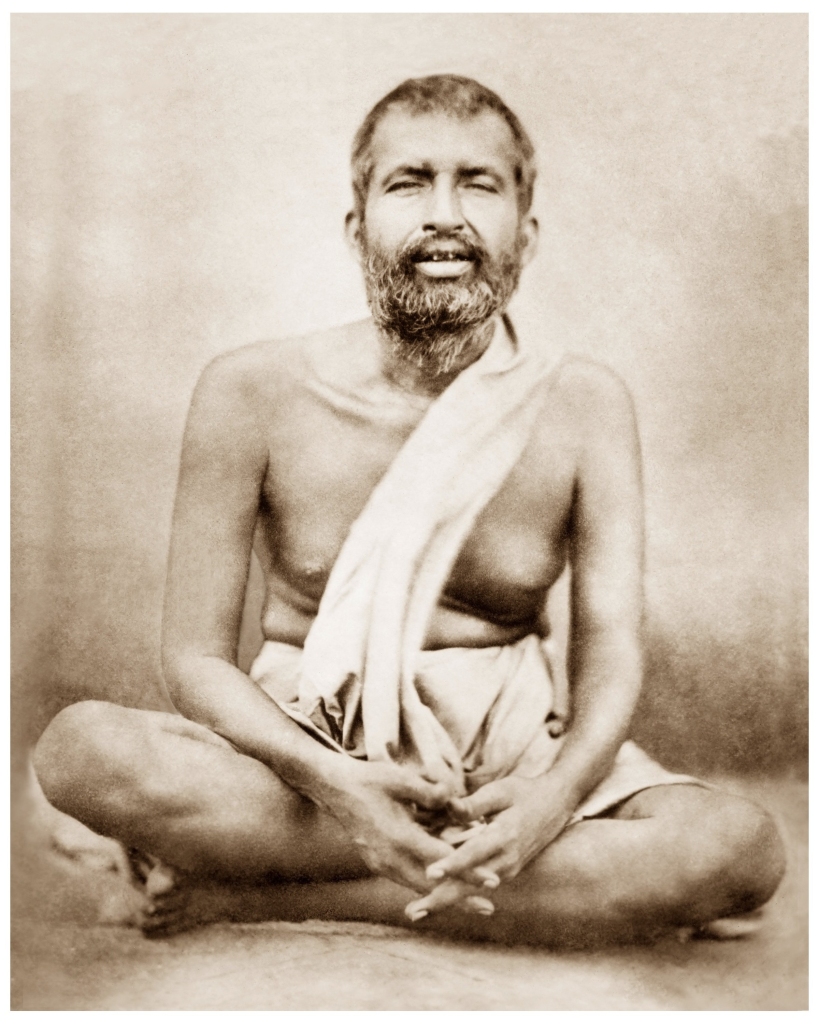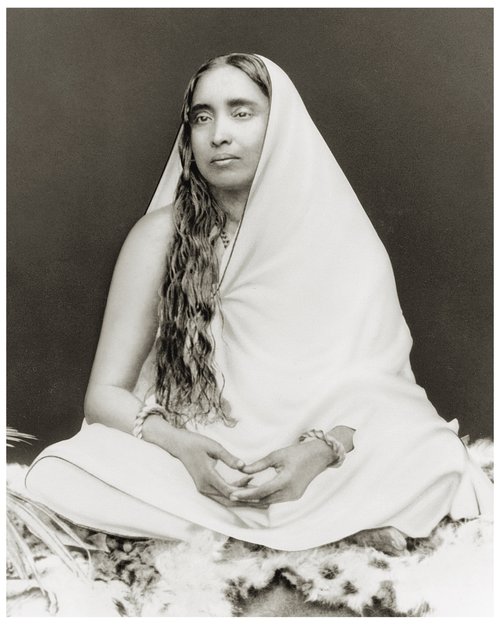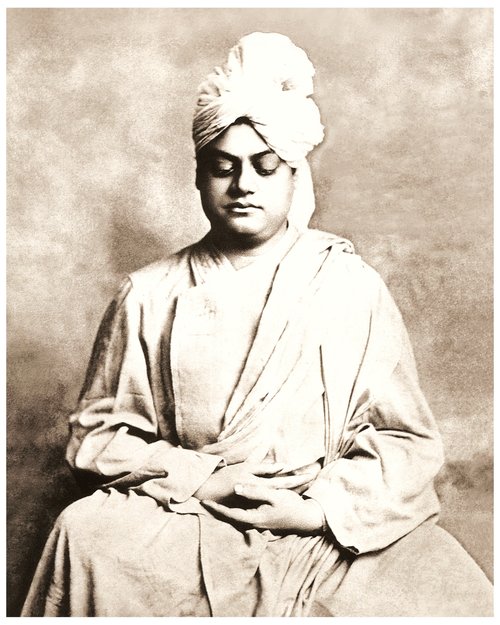
Sri Ramakrishna
Sri Ramakrishna was a highly revered saint who lived in India during the 19th century (1836-1886). He is known for his message of the harmony of religions, which was based on his own realizations of the truth of various religious paths. Ramakrishna’s special message was the oneness of existence and the divinity of humankind. He taught that God, or the higher Self, could be realized in this very lifetime through the paths of knowledge, meditation, ecstatic love and selfless service.
Sri Ramakrishna’s spiritual journey began as a boy in the village of Kamarpukur, outside Calcutta. As he grew older, his desire to lead a spiritual life only intensified. When he became a temple priest, he was consumed by an unquenchable thirst for union with God, and he immersed himself in intense meditation and other spiritual practices. He was constantly absorbed in the thought of God and would often go into high spiritual states where he would merge with the Infinite Reality. For him, the Vedantic teaching of unity of all existence was more than theory; he literally saw, and knew, this to be true.
Sri Ramakrishna followed different religious paths including various branches of Hinduism, Islam, and Christianity. He came to the conclusion, based on his direct experience, that all religions lead to the same goal. His exposure to Sikhism and Buddhism further confirmed his experience of the universality of spiritual truth. Sri Ramakrishna’s teachings regarding the highest truths of spiritual life were delivered in the simplest language and were punctuated by parables and homely metaphors as illustrations. Many noted writers and philosophers were deeply impressed and influenced by him.

Sri Sarada Devi
Sri Sarada Devi, affectionately known as Holy Mother, was a spiritual leader and the wife of Sri Ramakrishna, one of the most highly revered saints in India. She is revered as a symbol of universal motherhood, whose wisdom and spiritual grandeur remained hidden beneath her natural veil of modesty. Holy Mother was not only devoted wife to Sri Ramakrishna but also his spiritual companion and object of worship.
According to the custom then prevalent in India, she was married to him while still a child. At the age of 18, she left her parental home to join her husband, who lived some sixty miles away, near Kolkata. Sri Ramakrishna had dedicated his life to the spiritual search and lived as a monk, yet he received Sarada very kindly, feeling that Divine Providence had brought her. After nursing her to recovery from an illness contracted on the journey, Sri Ramakrishna one day asked her why she had come to join him. She replied that she had come only to help him in his chosen way, which meant the way of complete renunciation of all earthly ties for the sake of God-realization. Thus, instead of seeking conjugal fulfillment, she became his first disciple.
Sri Sarada Devi was a spiritual giant in her own right and yet, in her simple and unassuming way, she served Ramakrishna and his disciples for many years. After Ramakrishna’s passing away, she carried on his religious ministry, serving as guide and inspiration of the new spiritual movement. She was a powerful spiritual leader, who set a unique example of an ideal disciple, nun, wife, teacher, and mother to her countless spiritual children. Those who associated with her were overwhelmed by her unconditional love and selfless service. She accepted all, regardless of nationality, religious affiliation, or social position.

Swami Vivekananda
Swami Vivekananda, was the chief monastic disciple of Sri Ramakrishna and a world spokesperson for the liberal and universal teachings of Vedanta. He is remembered for introducing the teachings of Vedanta to the Western world at the World Parliament of Religions in Chicago in 1893. He represented Hinduism at the 1893 World’s Parliament of Religions and his opening words, “Sisters and brothers of America” brought the crowd to its feet. Subsequently, he was invited to speak all over America and Europe.
There was an enthusiastic response to his message and personality, marking the beginning of the Vedanta movement in the United States and the founding of centers in many of the major cities of the country. Our Vedanta Society of New York was the first Vedanta center started by Swami Vivekananda in 1894. Swamiji’s main emphasis was on the direct experience of truth. He believed that religion is not found in books, theories, dogmas, talking or reasoning, but in being and becoming. He believed that it was best to teach universal principles rather than personalities, focusing on Vedanta philosophy rather than Sri Ramakrishna.
After his first visit to the West, Swami Vivekananda went back to India and founded the Ramakrishna Order at Belur outside of Kolkata in 1898. When he returned to the United States a few years later, he was accompanied by his brother monk Swami Turiyananda. Other direct disciples of Sri Ramrakrishna, Swamis Saradananda and Abhedananda, also followed Swamiji and taught widely. Vivekananda, a tireless teacher and writer, was a man with a great spiritual presence and tremendous intellect. He wrote poems and hymns in Bengali, English and Sanskrit, some of which are sung daily in Vedanta centers worldwide. He was ahead of his time in encouraging women and Westerners to not only practice Vedanta, but to be leaders.
Vivekananda’s main teaching in the West, and in India, is Practical Vedanta. By this, he stressed that religion needs to be intensely practical and carried into all areas of our lives. The primary message of Vedanta is one of oneness and that our human purpose is to realize our divine nature. Through his teachings on the four yogas, the harmony of religions, divinity of the soul, and serving humanity as God, Vivekananda gave spiritual aspirants paths to that realization. He was a spiritual genius of commanding intellect and power, who crammed immense labor and achievement into his short life (1863–1902). He made major contributions to both world culture and Indian culture, and his legacy continues to inspire people to this day.
